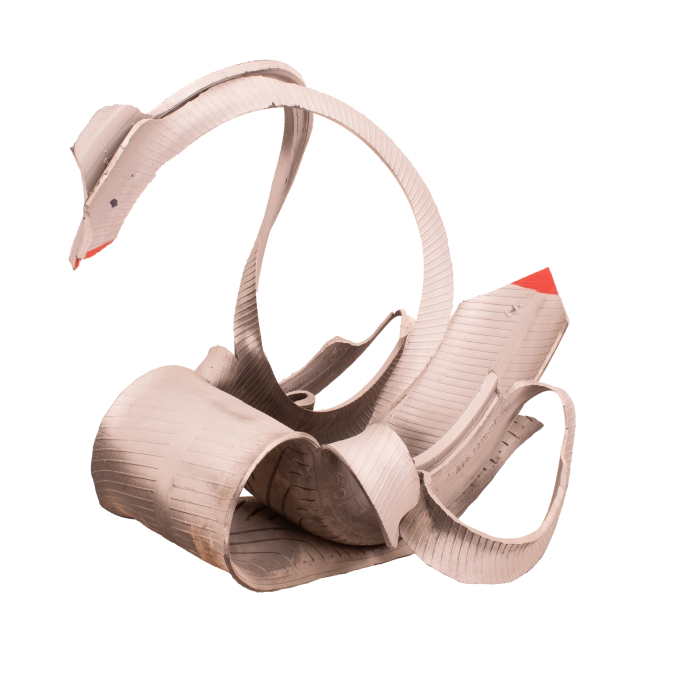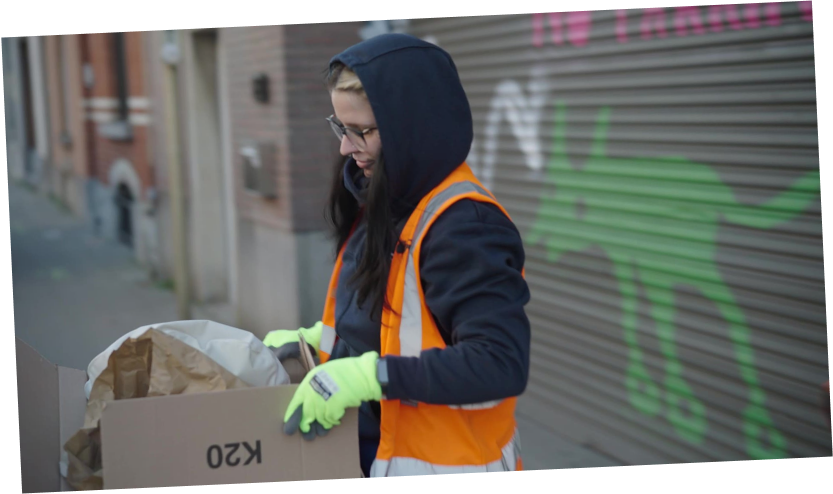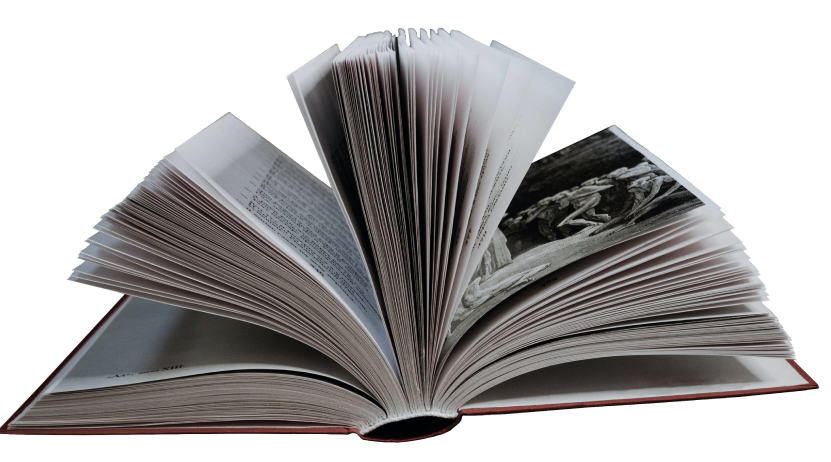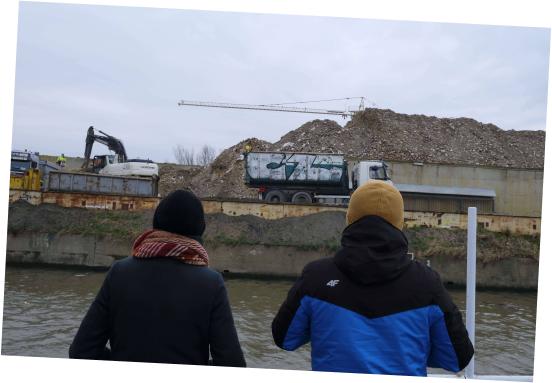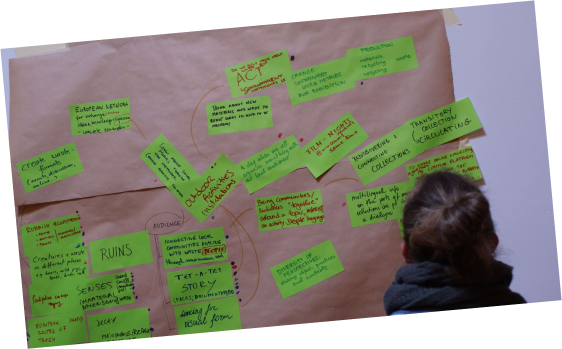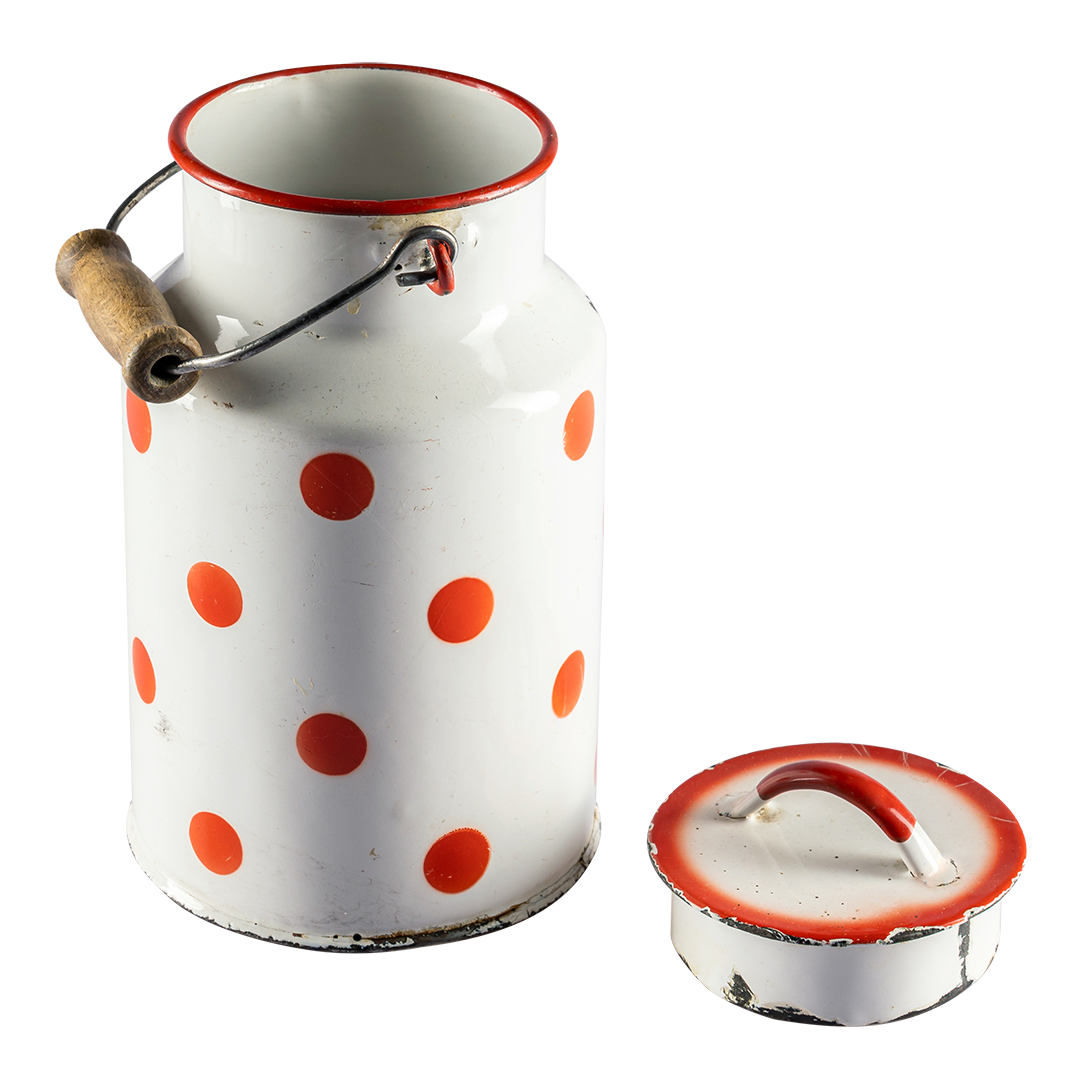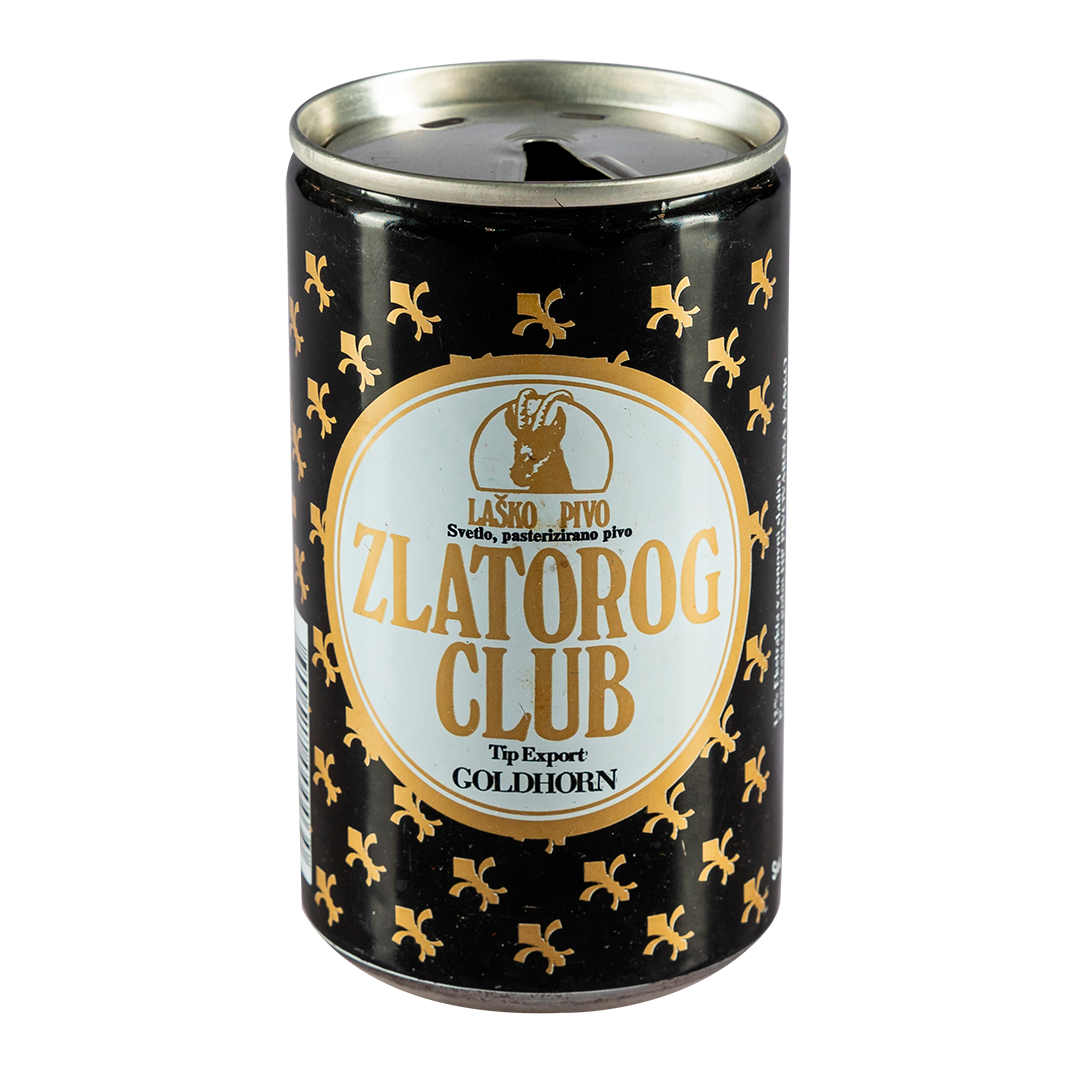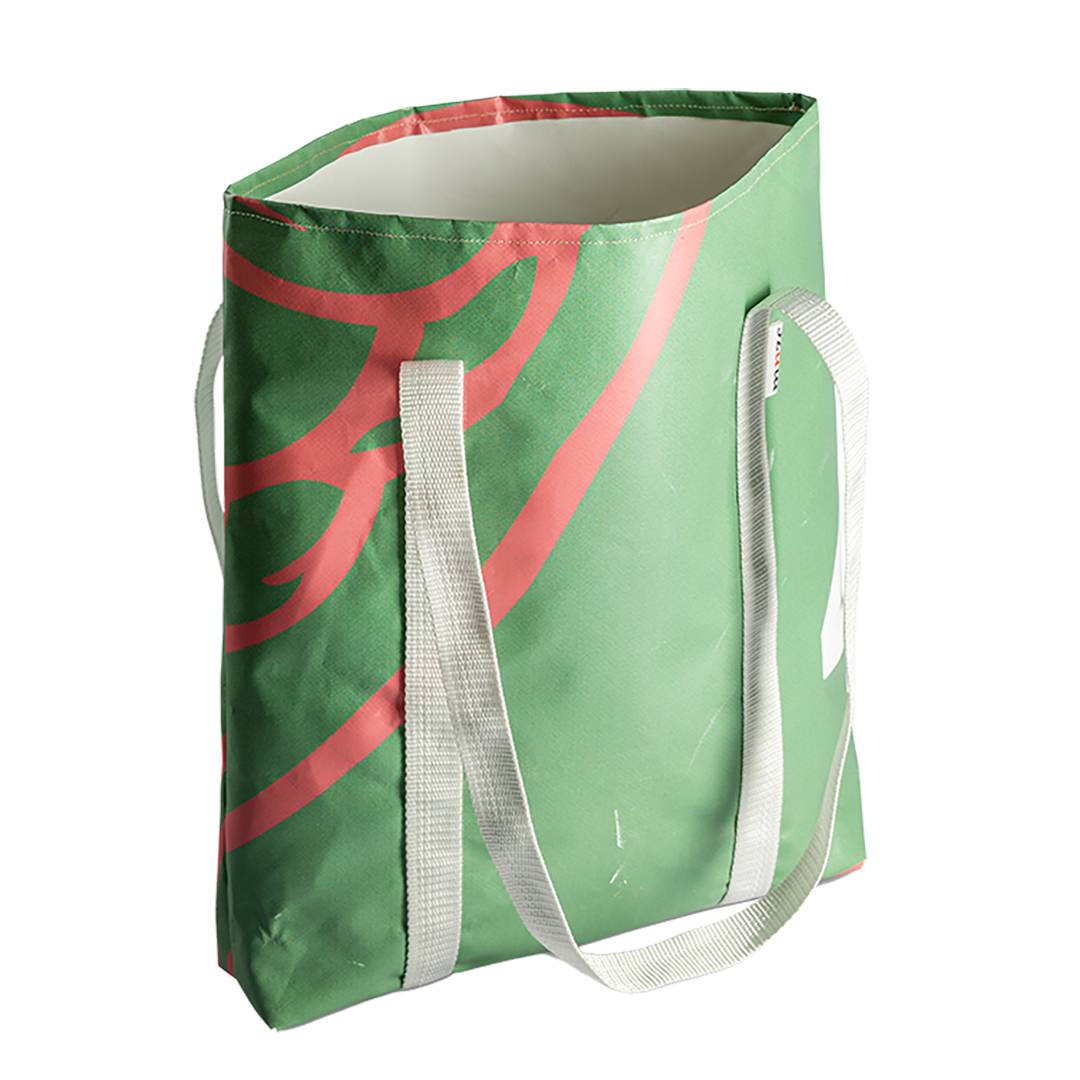Artist/Maker Tovarna emajlirane posode EMO (EMO enamelware factory)
Date Production/Creation
1955
Entry in the museum collection
2010
Place of origin
Celje, Slovenia, Europe
Current location
Museum of Recent History Celje, Celje, Slovenia
Material
Enamel, wooden handle / machine made
Dimension
230x130 (diameter) mm
Inventory Number 745:CEL;W-1678
Keyword Container Reuse Zero waste
Copyright Celje Museum of Recent History
Status In storage
Image Credit Matic Javornik
Change and progress are two different things. Can old designs provide lessons for the future?
What is this object about, who are the people behind it?
An enamel milk jug with a lid and a wooden handle made by the EMO enamelware factory, which opened in Celje in 1894 under the name Westen and was one of the first industrial companies in the city. People used jugs like this to collect fresh cow’s milk from a nearby farm. They would go to get the milk after the morning or evening milking. Often it was a chore for children to do. The process of collecting milk from the farm helped forge an important link between farmers and the non-farming population. As well as an economic exchange, it was also an opportunity for regular face-to-face contact based on reciprocity and mutual trust.
What places is this object related to, how European/transnational is it?
The milk jug was made by the EMO enamelware factory in Celje. After 1918, it was the only factory of its kind in the former Yugoslavia and therefore it sold its products, mostly containers, throughout the Yugoslav market. In addition, EMO exported its products to the Balkan countries and elsewhere in Europe, as well as to the United States, Africa and the Middle East. The extent of the company’s market is evidenced by the fact that in 1979 it sold products in as many as 25 countries worldwide.
Why and how did this object arrive in the museum’s collection?
The EMO milk jug was obtained by the Museum of Recent History Celje through an acquisition campaign called ‘Don’t throw away your pots’, which ran from January to June 2010 and supplemented the collection in which the Westen/EMO jug and other material are stored. The jug was displayed in a temporary exhibition of the same name. Items from the EMO factory and other objects of Celje industry which marked the development of the city on the river Savinja are also displayed in the permanent exhibition "Living in Celje".
What is the relation of this object to waste?
The EMO milk jug was used instead of tetrapak cartons, bottles and other types of packaging in which milk is sold today in shops. The jug was extremely useful because it could hold enough milk for a household for a few days, and after use, it was easy to clean and store, ready to be used again. It was made from high-quality materials so it could be used for a number of years, saving a huge amount of packaging. Even after they were no longer used, many were kept for nostalgic reasons.

